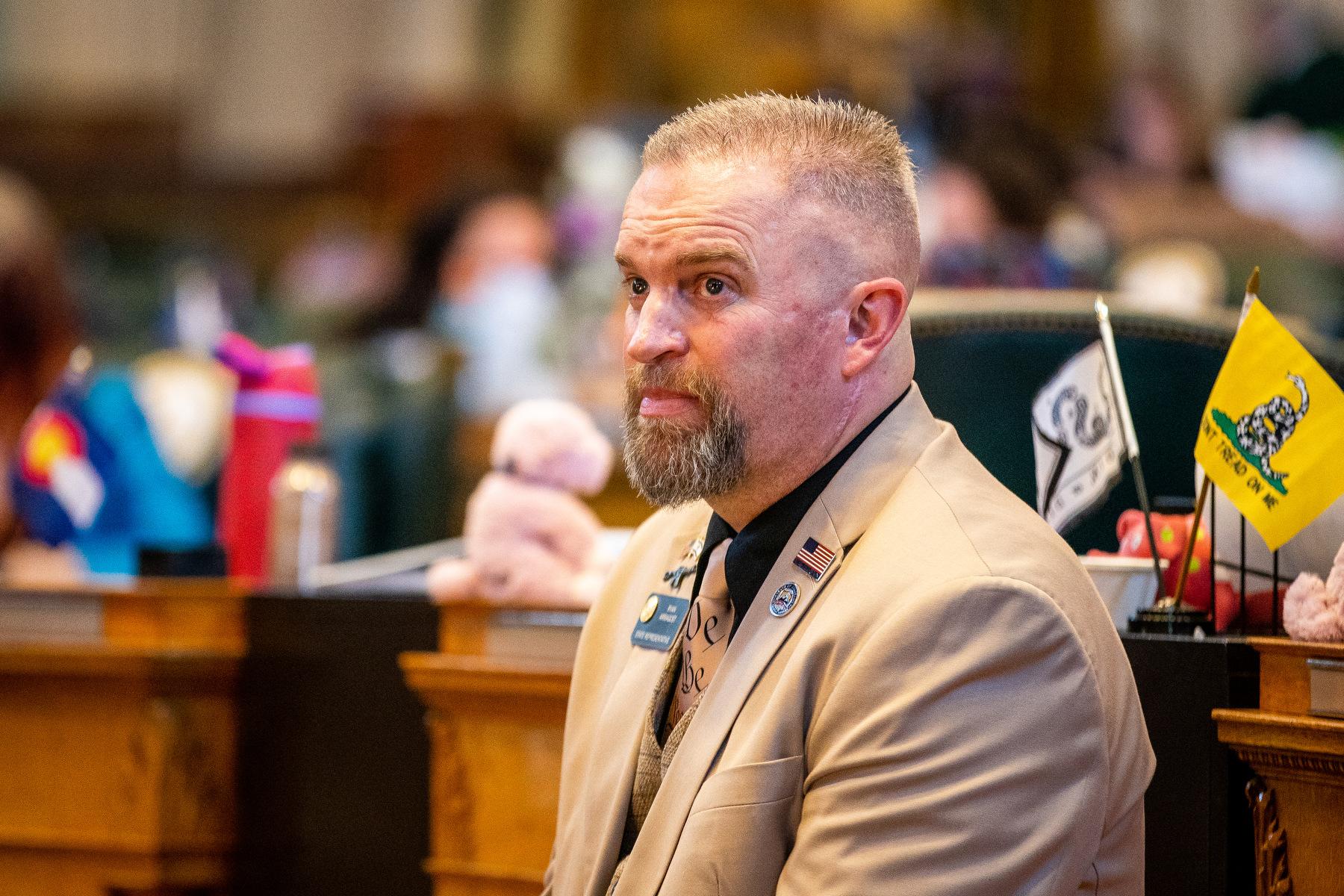
Five hundred and eighteen days after it was originally scheduled to open, the Regional Transportation District’s long-awaited G Line from Denver to Arvada has earned a conditional green light to move toward opening.
The Colorado Public Utilities Commission gave its stamp of approval for the wireless crossing gates on the G Line, and the eventual removal of flaggers along the A and G lines.
"We greatly appreciate the commission and the ruling they have come forward with today,” said RTD spokesman Scott Reed. “This is really a big step forward for the community, especially surrounding the University of Colorado A Line and the G Line."
Reed wouldn’t give an estimate as to when service could start on the G Line, though said it will soon enter full testing. The agency will need to wait for the PUC’s written order to know what the next steps will be.
The PUC took issue with the crossing gates used on the A, B and G lines because they come down earlier and stay down longer than their original design. Nearly two years ago, state and federal regulators let the A Line open on the condition that flaggers were stationed at each at-grade crossing while the crossings gates were fixed.
The Federal Railroad Administration gave its OK to the system in late 2017. But the state PUC, which has jurisdiction over crossings, stood in the way for months. Last year, the PUC even told RTD and its contractor Denver Transit Partners that it should replace its entire crossing system.
On Wednesday, though, the PUC commissioners relented.
"It is in the public interest to allow ... RTD to move forward," said PUC chairman Jeffrey Ackerman, following the advice of the PUC’s rail expert Pam Fischaber.
Ackerman said once PUC staff have verified crossings are working as advertised, the agency will step back. The PUC has taken heat from communities in the past few months, especially Arvada.
"Once these functions are done, and we have completed all of our work on all 26 crossings, then we hand this to the federal government for compliance regarding auditing and oversight of safety and the like. That's in their domain,” he said.
Arvada Mayor Marc Williams said he’s grateful for the PUC’s decision. He believes his “call to arms,” as he described it, for citizens to write to the PUC ultimately pushed the commissioners to expedite the process.
“They took some blame upon themselves,” he said in an interview. “They certainly directed some blame toward RTD. I’m not into the blame game right now. I’m into getting this project done.”
The flagger removal process could take just a handful of weeks, according to RTD. To start though, flaggers will be dismissed at only some crossings.
RTD and Denver Transit Partners are currently in discussions over the cost of those flaggers -- RTD General Manager Dave Genova has said it’s in the “tens of millions” of dollars.
And eventually, trains along both corridors will stop blaring their horns if and when the FRA approves quiet zones. Each jurisdiction, including the city of Denver, Aurora, and others, must apply to the FRA for those.









